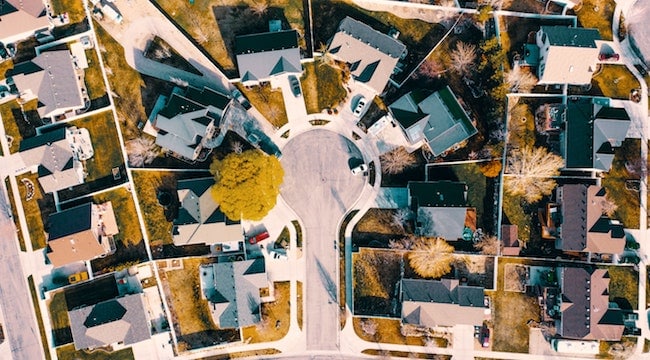Here’s Why It Is Harder For Young Adults To Buy A House In Today’s Real Estate Market
Published June 14, 2019 at 7:05 pm

A new study shows that Canadians between the ages of 25 to 34 will have a much harder time buying a home.
A new study shows that Canadians between the ages of 25 to 34 will have a much harder time buying a home.
According to Generation Squeeze Lab, housing prices are at near-historic levels in key parts of the country, and earnings for 25 to 34-year olds have been relatively flat, if not down, for several decades.
The study shows that there have been declines in housing prices compared to the previous years, but the gap between the cost of owning a home and the ability of younger Canadians to afford it is still dramatic.
According to the report, home prices would need to drop by 50 per cent for a typical person aged 25 to 34 to afford an 80 per cent mortgage on average-priced homes. Alternatively, earnings would need to double for this generation to afford the same home.
The affordability gap is the most severe in Ontario and British Columbia.
For a home to be affordable, the Canadian should not spend more than 30 per cent of their pre-tax earnings on housing. Across Canada, house prices would need to drop by $223,000 to achieve affordability by 2030, which is about half of the current value. Alternatively, full-time earnings would need to increase to $93,400 per year, which is nearly double current levels.
Ontario
In Ontario, the average price of a home would need to fall by $307,000 to achieve affordability (over half of the current value) or typical full-time earning would need to increase to $109,000 per year (more than double current levels).
The graph below illustrates the gap between average home prices in Ontario and the affordable cost of a home for typical residents between the ages of 25 to 34.

According to the report, it takes 15 years of full-time work for the typical young person to save a 20 per cent down payment on an average priced home, which is 10 more years than when today’s ageing population started out as young people.
Greater Toronto Area (GTA)
Focusing just on the GTA, the average price of a home would have to go down by $523,000, which is two-thirds of the current value. On the other hand, full-time earnings would need to increase to $150,000, which is triple current levels to reach affordability.
The graph below illustrates the gap between average home prices in the GTA and the affordable cost of a home for typical residents between the ages of 25 to 34, based on their average earnings.

According to the report, it takes 21 years of full-time work for the typical young person to save a 20 per cent down payment on an average priced home, which is 15 more years than when today’s ageing population started out as young people.
Hamilton-Burlington
In the Hamilton/Burlington area, average home prices will need to drop by $284,000, which is half of the current value. Or, the typical full-time earnings would need to increase to $107,000 per year, double current levels.
The graph below illustrates the gap between average home prices in the Hamilton/Burlington area and the affordable cost of a home for typical residents between the ages of 25 to 34.

Again, according to the report, it takes 14 years of full-time work for the typical young resident to save a 20 per cent down payment on an average priced home, meaning it takes 9 more years than when today’s ageing population started out as young people.
What do you think of these findings?
Graphics courtesy of Generation Squeeze Lab
insauga's Editorial Standards and Policies advertising





